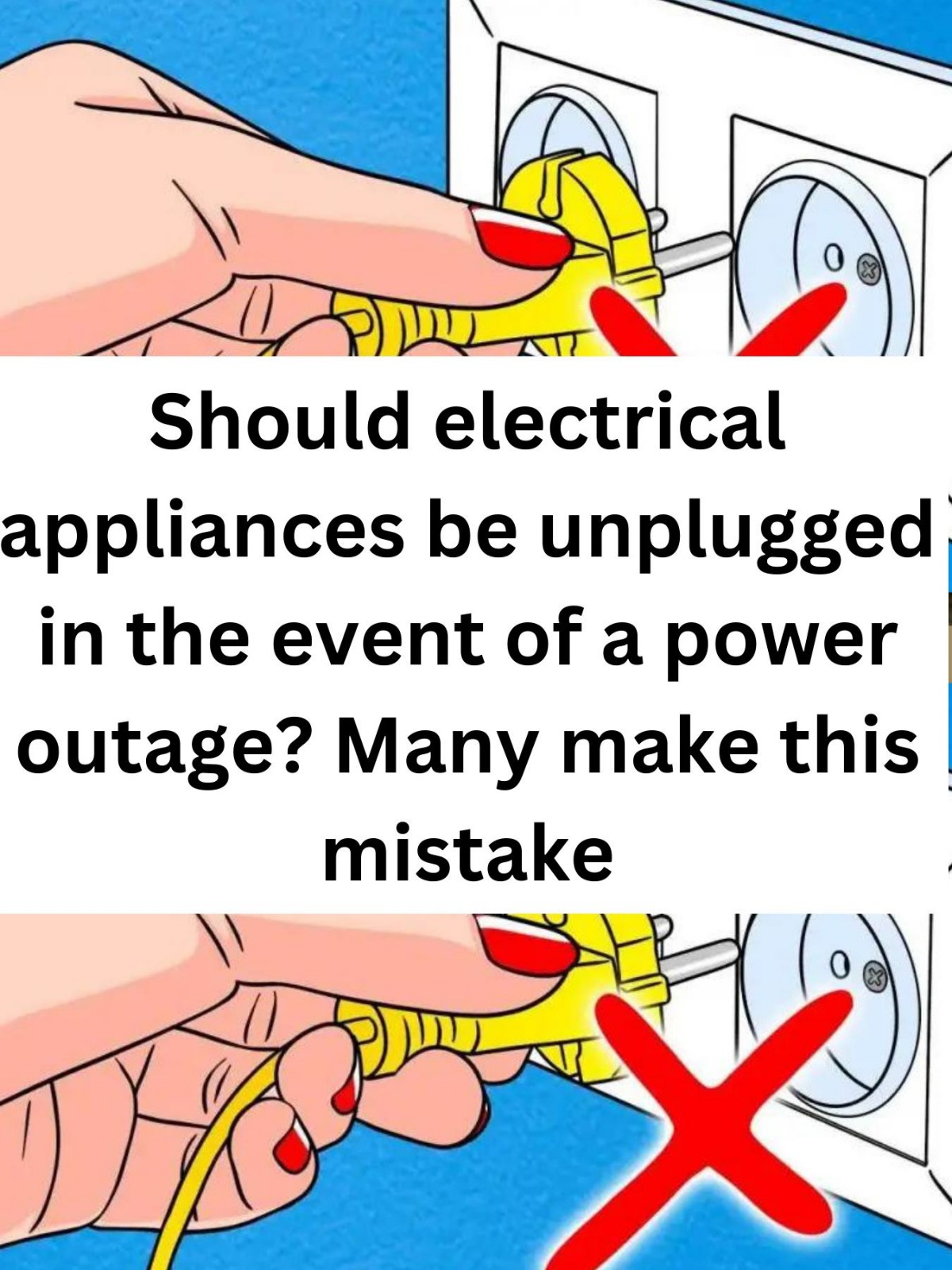Nowadays, let’s face it, we have become dependent on our appliances. Television, computer, mobile phone, router, refrigerator… We cannot do without it. So we leave them plugged in all day. Bad habit: it is also reflected in the electricity bill at the end of the month!
But what about power outages? As you know, this can happen unexpectedly in the area where you are or at home. However, many people are unaware that this can greatly affect their appliances. So that they don’t think about unplugging them. As a security measure for the home, but also to protect your devices, it is important to have good reflexes. We explain why.
Power outage: why should appliances be unplugged?
In the event of a power outage or power changes, electrical devices such as television and computer can suffer severe damage in terms of performance. In some cases, they can fail or even cause a short circuit. Therefore, when the power goes out, the first instinct to have is to unplug all the appliances you have at home.
Do the consequences of these disturbances also affect disconnected devices? In absolute terms, as long as your equipment remains plugged into the mains, it can also be damaged.
Furthermore, although large appliances such as the refrigerator or freezer are more resistant to voltage fluctuations, it is still advisable to unplug them in the event of a power outage.
Can they be plugged back in immediately afterwards?
It is not recommended to plug in your home equipment immediately after the power supply has been restored. According to experts, it is necessary to wait at least two minutes after power is restored to connect the television or computer. For some appliances like the refrigerator, wait a few more minutes to turn them back on.
It is therefore preferable to wait a little until the power is stable, if only to avoid possible micro-cuts in a row.
What electrical appliances should never be left plugged in for a long time?
Television: Operating televisions consume 186 volts. In sleep mode, they use 3.06 volts. Off, but still connected, your TV consumes 2.88 volts. LCD screens use 28 volts on, 1.38 volts in standby mode, and 1.13 volts off but still plugged in.
Desktop: When turned on and in full use, it consumes 74 volts. In standby mode, 21 watts, and when turned off but still plugged in, it consumes 2.84 volts.
Laptop: Fully charged, on and working, requires about 30 volts. Operation and charging, 44 watts. Off and plugged in, it consumes 8.9 volts. The only charger plugged in uses 4.42 volts.
Mobile charger: when charging, the Smartphone consumes between 2 and 3 watts, but when it remains plugged into the power without being connected to the mobile, it is 0.26 volts.
Printer: in sleep mode, it has an average consumption of 5 volts per hour.
Modem or router: One of the DSL in operation reaches 5.37 volts. From time to time it is 1.37 volts. The cable modem draws 6.25 volts when on, 3.84 when off and plugged in.
Scanner: in full use, consumes 9.6 volts. If it is still plugged in when not in use, it still draws 2.48 volts.
Microwave oven: When turned on and in operation, it reaches 1,433 volts. If it is not unplugged, it is 3.08 volts. However, if you leave the door open and it is still plugged in, it draws 25.79 volts.
